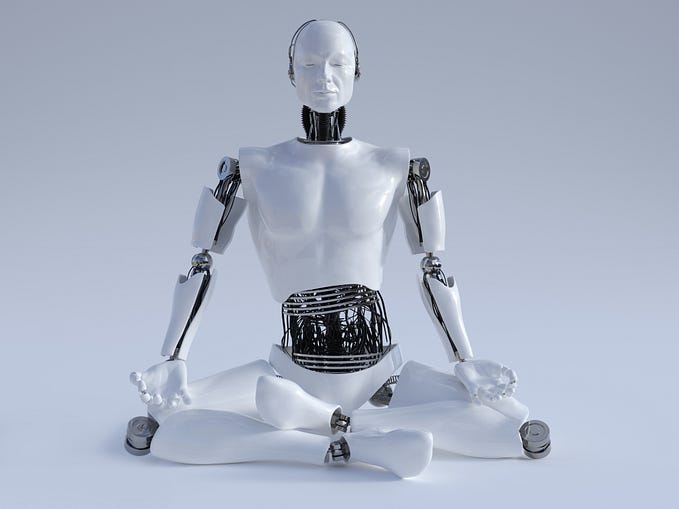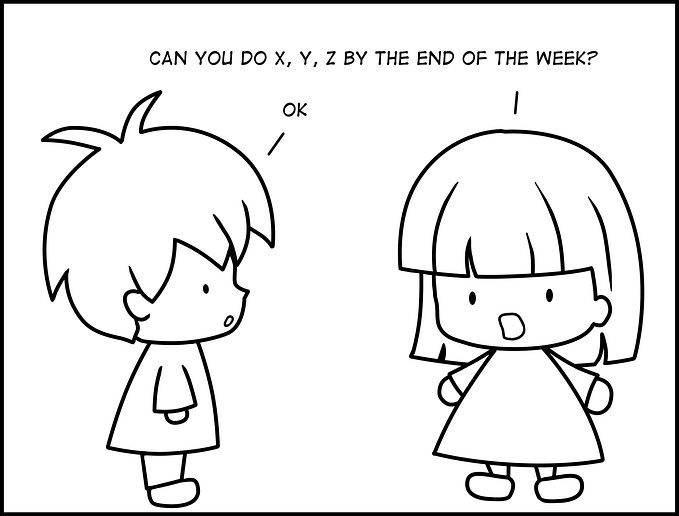Relm | Origin Story Part II
Scent, senses, and spaces. How Relm went from an idea to a vision.

If you followed along from the last post, you know how the idea for Relm was born (link here). Now, I’d like to share why [of all the ideas I’ve ever had] I picked this one to dedicate the last 2.5 years of my life, sanity, and free time to. It’s a story that involves my experience as an architect, the five senses, and a silly sounding word: Phenomenology.
It started nearly 8 years ago in a dingy architecture studio at Montana State University, living off ramen while working 65 hours a week on my master’s thesis. At the time, I was doing long distance with my girlfriend (now wife) while living in a dirty basement apartment with my roommate (also working on his master’s thesis) and my dog. It’s safe to say I had no life… in fact, I spent so much time in the architecture studio (before you ask, yes, I brought my dog to the studio with me) that at 11 pm every night my roommate and I would break out a bottle of cognac from my desk, and pour ourselves a nightcap. Not proud, but I was literally a workaholic who used alcohol to force myself to sleep. Yeah, it’s backwards I know…
By the end of my master’s program, I had written a 50-page book on the topic of phenomenology and architecture that landed me two awards and set the trajectory for what would ultimately lead me to the vision for Relm. The title of it all was Phenomenal Bearings. In it, I write about the concept of phenomenology and its importance in the creation of memorable spaces. In simple terms, phenomenology (as it relates to architecture) is a way to create space that enhances your experiences and memories through the stimulation of your five senses; You know how when you hear a song or smell a scent that takes you back to a specific period in time? Yeah, those are the kinds of experiences I’m talking about. See, back then I thought the best way to create these heightened multisensory experiences was through highly controlled and intentional architectural design decisions.

It took me five years to realize I was wrong…well, half wrong. The part about phenomenology and the creation of more powerful experiences through the senses? That part I got right. I still firmly believe that we, as a society addicted to the visual and virtual, desperately need to create spaces that ground us in reality by triggering all senses. Spaces that create powerful memories we can look back on with nostalgia.

Here’s the part I got wrong. After establishing the basis for my thesis, I went on to suggest that architecture was the best vehicle to deliver multisensory experiences — it wasn’t. To illustrate this, let’s imagine for a second that you have a bowl of spaghetti, a fork, and a spoon in front of you — what utensil are you choosing to eat spaghetti with?
Fork, obviously.
Sure, the spoon could be used, but it would be messy, inconvenient, and time-consuming. So where is all this pointing? Well, five years later (in 2020) I finally realized that architecture was the spoon in the great phenomenological spaghetti analogy. Yes, It could absolutely deliver powerful multisensory experiences, but it was expensive, time-consuming, and largely unattainable to the average person. I just didn’t realize it was the spoon until I found the fork: the most accessible and convenient way to bring multisensory experiences to the masses at a fraction of the cost. The fork was discovered in the last post by means of a small, yet innovative idea to reimagine the wax warmer.
Now, if you’re on board with the phenomenological (yes, it’s a mouthful but it makes me sound smarter) bandwagon, you might be thinking “ok, but your smart home wax warmer only covers two senses. What about the rest?” You’re correct, but here’s where things get interesting. As I sat thinking more about how closely related this idea was to the premise for my master’s thesis, it started to dawn on me that I could help people create these types of experiences without needing to hire an expensive architect to design a multisensory dream home. Instead, these experiences could be brought to the masses through a creative collection of devices created to enhance the home, without needing to build an entirely new one. Once I realized that, I was already so deeply committed to building this vision that you’d have thought the company had been around for 5 years…but as you know, it was just the start.
So what’s the point in me telling you all of this? Why does vision matter when it’s just one product? It’s because a company with no real vision has no passion, and no motivation to create something truly great. Vision is what separates good products from great companies, and at Relm, our vision is all about creating memorable experiences in the homes we already live. Practically, what this means for you is that we plan on delivering the best possible aromatherapy experience to our customers, and a little ways down the road, full-fledged multisensory experiences. If that sounds like something you could get on board with, and you want to be involved from the start, I’ve included links below to our prelaunch page as well as socials so you can keep up to date with what’s happening at Relm.
Cheers,
Taylor
P.S. If you want a bit of nostalgia for yourself, check out this Bill Nye clip talking about the relationship between scent and memories. While the clip is silly, it touches on a fundamental piece of the human experience that many aromatherapy companies seem to miss.
Links 👇








